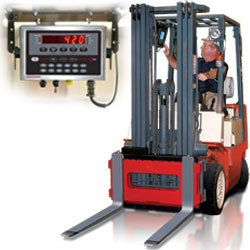-
16
Jan
4 Steps to Eliminating Your LTL Reweighs and Reclasses
How abut a better option? How about taking steps today to not just be aware of and manage these invoice surprises, but actually control and eliminate them?
LTL carriers have a myriad of rules and applications governing reweigh and reclass application. Below is a simple snapshot of the rules for 4 major carriers:
Note the distinct differences. Some carriers obviously use their rules as a hopeful means of encouraging shipper behavior. Others appear to have relegated themselves to an expected behavior and apply a more customer-friendly approach. The point in showing you these significant differences is NOT to encourage you to shop and select carriers by reweigh/reclass rules. No, the point is to encourage you to:
· Identify your reweigh and reclass issues
· Address the root cause of your reweigh and reclass issues
To do that, consider the below 4 steps:
1. Get a Rock-Solid TMS: Regardless of your freight spend, find a TMS that encourages or requires entry of dimensions and provides class guidance based upon density. Find a TMS that can compare quotes to invoices and identify discrepancies. Some excellent and affordable (even free) choices are on the market.
2. Partner with the right provider(s): Choose a 3PL or carrier(s) who can be a trusted advisor to help solve your reweigh and reclass issues and provide that rock-solid TMS. If then cannot provide both, you may need a new provider.
3. Audit your freight bills: Those generating the freight quotes should be collaborating those paying the freight bills. Are they on the same page? Does your TMS help with this function?
4. Know your dims and weight: Invest in your operation such that you own and control your shipment profile information. At the least, use a platform scale and tape measure. Static dimensioners are likely out of the question due to cost and lack of flexibility. There is an exciting and affordable solution coming this year, a perfect solution for any shipper of any size or budget to capture dims, weight, and even photos of your shipments. Stay tuned for more details.
LTL carriers are not perfect. They will make reweigh and reclass errors. When that happens, having your facts is key. One fact to present is that your data is accurate.
Know your weights. Know your dims. Stay tuned.
- (479) 461-1672
- Contact Us


